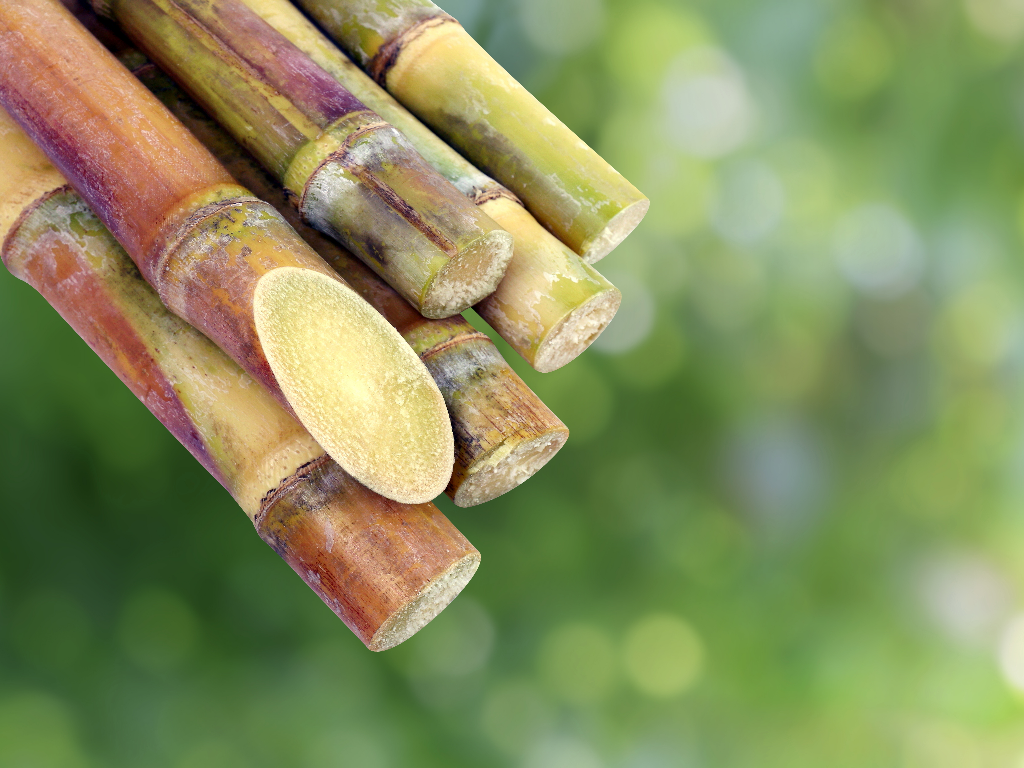This report analyses sugarcane quality across all growing regions in the country for September 2024. A significant challenge of cane shortage has emerged, prompting many factories to compete for young, immature cane. This competition has resulted in an overall decline in cane quality, especially in the western region. However, the South nyanza region has overall maintained quality as far as pol (sucrose content) is concerned.
The aim of this analysis is to provide insights into the current state of sugarcane quality, identify the challenges being faced, and offer recommendations for improvement. As we move toward a new payment model based on quality, it is crucial to address these issues to enhance both production and profitability in the sugarcane industry.
ANALYSED PARAMETERS
Pol- the sucrose content in the cane juice
Brix- Total soluble solids in the cane juice
Moisture- the amount of water present in the cane at the time of analysis
Fibre- the non-sucrose organic material in the cane
It is important to note that these parameters may be influenced by various factors, including harvesting practices, transportation, and weather conditions, which can affect the results either positively or negatively.
The total number of NIRs samples analyzed across all regions for this reporting month is 633.
The regions are represented by the CTUs as follows,
Western region (Butali Ctu,Nzoia Ctu,Mumias Ctu And West Kenya Ctu)
Nyanza Region (Kibos Ctu, Chemilil Ctu,Muhoroni Ctu)
South Nyanza Region (Sony Ctu,Transmara Ctu And Sukari Ctu)
Coast Region (Kwale Ctu)
The table below represent an average NIRs analysis for cane pol, moisture and fiber within different regions, for the month of September 2024.
|
REGION |
AVARAGE POL% |
AVERAGE BRIX% |
AVERAGE MOISTURE% |
AVERAGE FIBRE% |
AVARAGE PURITY% |
|
WESTERN REGION |
11.37 |
13.70 |
68.87 |
17.76 |
83.38 |
|
NYANZA REGION |
12.20 |
15.06 |
66.93 |
17.91 |
81.06 |
|
SOUTH NYANZA REGION |
13.13 |
15.70 |
66.29 |
18.01 |
83.59 |
|
SOUTH COAST REGION |
- |
- |
- |
- |
- |
CHALLENGES ACROSS REGIONS
A widespread shortage especially in western regions has led to the harvesting of young, immature cane, which significantly reduces quality.
Heavy rains in the western region have slowed down cane delivery, resulting in fewer sampled trucks and muddy samples.
Some Cane Testing Units (CTUs) have been unable to conduct sampling due to factors such as mill breakdowns and civil works obstructing truck access.
Trashy cane delivered to the cane-testing unit
Cane shortage has contributed to very few deliveries leading to low number of sampled tracks.
RECOMMENDATIONS
Investing in research and development to identify and propagate cane varieties with more consistent sucrose level and short maturity periods to cap the cane shortage.
Sensitize farmers and other stakeholders on good harvesting and cane loading practices to avoid a lot of extraneous matter in the harvested cane.
Investing in research to identify and cane varieties that are self-de-trashing may help to reduce the extraneous matter in the delivered cane.
CONCLUSION
The analysis of the cane quality across the regions highlights major challenges and recommendations that gives room for improving as we head towards adapting the proposed quality based payment system.
Prepared by: Etherly Barasa of Nzoia CTU

